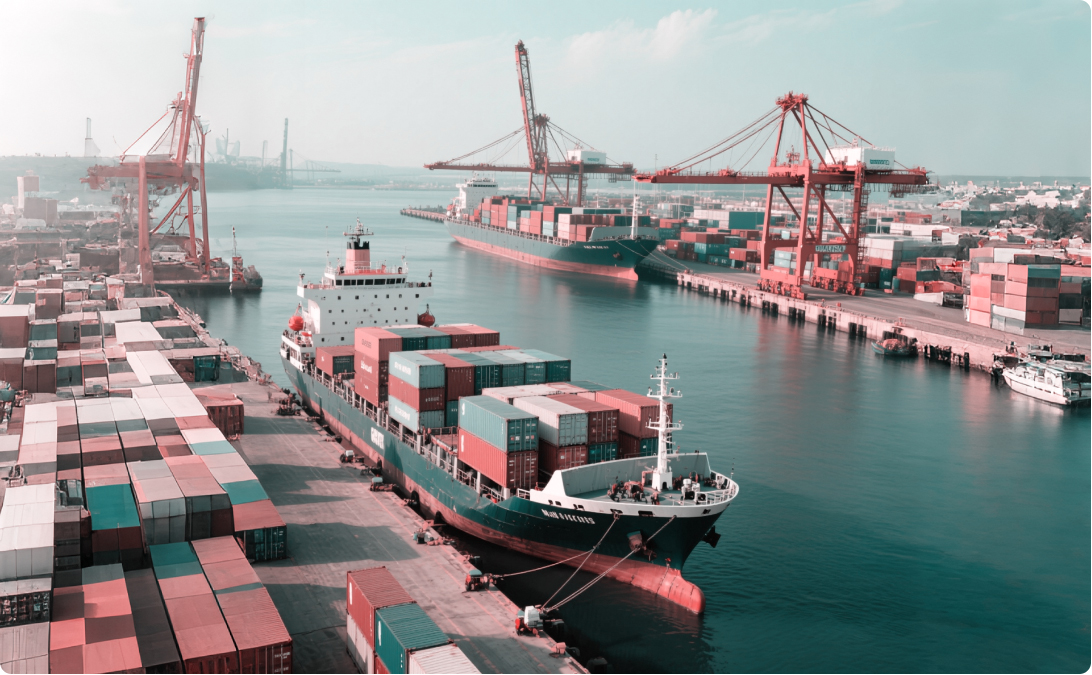The core of a diversified market strategy is “dynamic balance”. Doing well in trade exports lies in finding the optimal solution between risk and return and grasping the critical point between compliance and innovation. Enterprises need to build a core competitiveness of “policy research – market insight – supply chain resilience – digital capability” in four aspects and turn market diversification into anti-cycle ability.
For trade exports such as display cabinets or refrigerators, adopt the strategy of expanding westward and advancing southward. Target emerging markets such as Southeast Asia (Vietnam, Indonesia), the Middle East (the United Arab Emirates), and Africa (Nigeria). Establish local channels through industry exhibitions (such as exhibitions).
Enter the EU market through “technical compliance + local certification”. For example, frost-free intelligent air curtain display cabinets with technical support have relatively good sales in the market. The cooluma brand adopts the “small order, quick response + influencer marketing” model in the European and American markets. Use TikTok to plant grass for localized content and achieve the leap from “Made in China” to “global brand”.
The significance of diversified layout of production bases. Directly supply the North American market through the port of Los Angeles. Logistics timeliness is increased by 40%. Regional synergy: The regional cumulative rules of origin in the RCEP allow enterprises to flexibly allocate production capacity among China, Japan, and South Korea. For example, Japan provides precision parts, China completes assembly, and Vietnam conducts packaging. The final product enjoys tariff preferences within the region.
Use the optimization of logistics networks to upgrade overseas warehouses and promote the construction of “intelligent refrigerated display cabinets” integrating warehousing, sorting, and after-sales maintenance functions to achieve “5-day delivery” in the European market.
Multimodal transport: Combine the China-Europe Railway Express (Chongqing-Xinjiang-Europe) with shipping. Electronic products are transported from Chongqing to Duisburg, Germany by rail and then distributed to various countries in Western Europe by truck. The transportation cost is reduced by 25%.
Exchange rate hedging. Lock in the US dollar exchange rate through forward settlement. Still maintain a profit margin of more than 5% during the period of RMB appreciation. Entering the EU market requires completing CE certification, VAT tax registration, and GDPR data compliance. Enterprises can solve these problems in one stop through third-party service providers (such as nenwell).
Build “three lines of defense”:
1. Front-end risk screening
Customer grading: Adopt a credit management system of “60-day credit period for AAA-level customers, letter of credit for BBB-level customers, and full prepayment for customers below CCC level”. The overdue rate is reduced from 15% to 3%.
Policy early warning: Subscribe to the WTO trade policy database and track policy dynamics such as the EU carbon border adjustment mechanism (CBAM) and the U.S. UFLPA act in real time. Adjust market strategies six months in advance.
2. Mid-end process control
Supply chain resilience: Select more than three suppliers. For example, feed enterprises simultaneously purchase soybeans from China, Brazil, and Argentina to avoid single-source risks.
Logistics insurance: Take out “all risks” insurance to cover transportation damage. The premium is about 0.3% of the cargo value, which can effectively transfer marine transportation risks.
A diversified market needs to be adjusted according to export product categories. For example, shipments of refrigerators, cake display cabinets, etc. require strict inspection and various safety certifications.
Post time: Apr-09-2025 Views:



